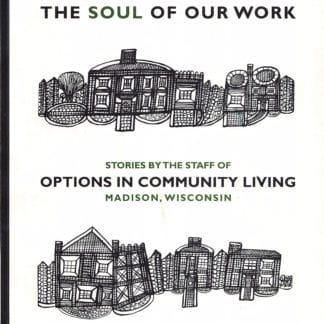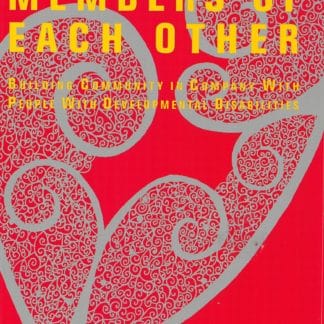Assets Inc.’s Commitment to Community Life for People Seen as “Difficult to Serve”
John O’Brien with Kathryn Carssow, Matthew Jones, Maxwell Mercer, Laronsia Reynolds, Diana Strzok
2003 Assets. Inc. Anchorage, Alaska
This report results from the desire of Assets’ senior staff to more clearly articulate their approach to supporting people who are seen by most mental health and developmental disabilities service providers as difficult to serve. They wanted its preparation and dissemination to serve two purposes: to summarize their own learning and to share what they have learned with others. They invited John O’Brien to visit from 23-25 June 2003. He listened to their reflections on their work, conducted a focus group with staff, read documents, and wrote this report, which each of the other contributors reviewed and corrected.
We act as if the practitioner’s knowledge and technology are more important than the interpersonal relationship between the practitioner and person getting help. We know this is not the case from listening to what people tell us. When asked, a majority of people who are recovering from severe mental illnesses will mention that a critically important contributor to their recovery is other people –people who listened to them, believed in them, and supported them in numerous ways… Today it is fashionable to argue for… the removal of choice with the phrase, “people are dying with their rights on”. But I would also remind us that, “people are both living and dying with their dreams turned off”. We cannot be seen as the field that walls people away from their hopes and dreams. —William Anthony (2002)
Assets, Inc. supports people with developmental disabilities or psychiatric disabilities or both disabilities to live, work, and learn in Anchorage, Alaska. It serves about 250 people, offering each person one or more of these services: supported living, supported employment, and contract work. About 25% of the people Assets supports were referred by the Division of Vocational Rehabilitation (DVR) and about 75% were referred by the Division of Mental Health and Developmental Disabilities (DMHDD).* (For a brief description of Assets; organizational structure, see page 36.)



